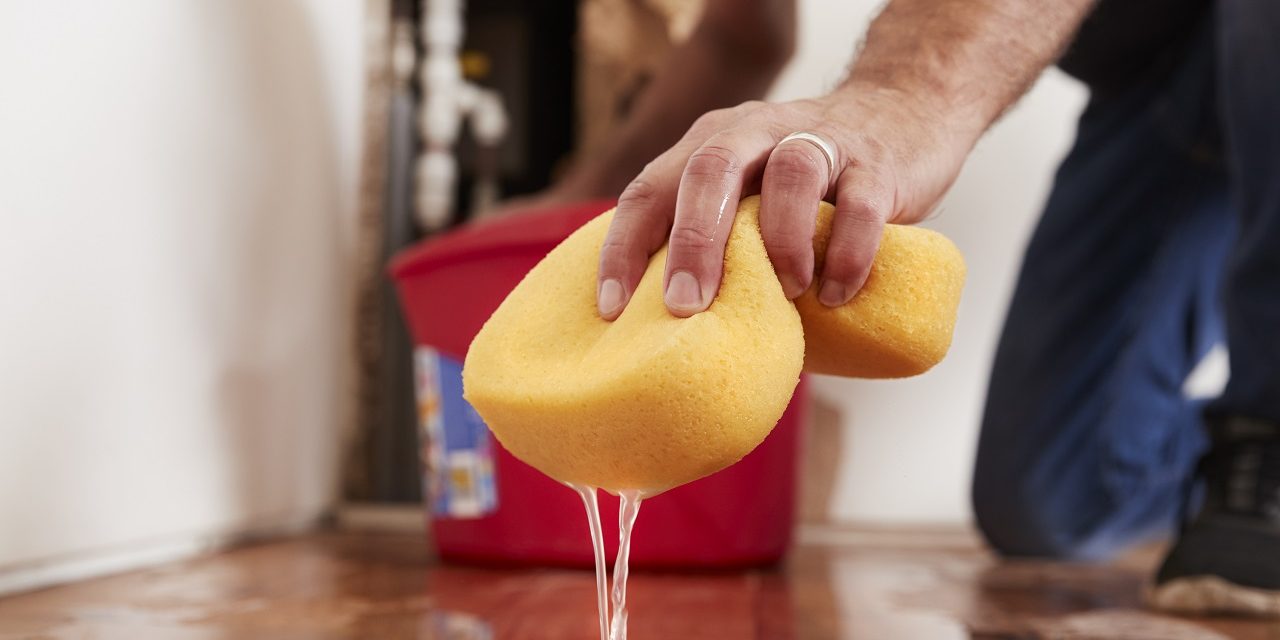Water damage restoration is the process of restoring a home or building back to its pre-loss condition after it has been damaged by water. This process involves a variety of steps and procedures that must be followed to ensure the home is safe, healthy, and secure from future water damage.
Today, we’re going to bring you through the general steps of water damage restoration to help you know what to expect should you opt for such a service:
Step 1. Assessment
Inspection is the crucial first step of any damage restoration project. A skilled technician will assess the damage to the property and determine the class and category of the water damage. This information will allow the technician to determine the extent of the damage and plan the best course of action to take for a successful restoration.
Step 2. Water Extraction
When water gets indoors, it can be absorbed by porous materials like drywall or carpets. If it’s left to sit, it can spread throughout the area, damaging new areas and potentially leading to mold growth. To protect your property, it’s important to take action quickly and start extracting the excess water right away.
Technicians can use a variety of tools to remove the water from your property. The specific equipment employed will depend on the quantity of water present and the level of water damage. Pumps and vacuums are commonly used to get rid of water.
Step 3. Dehumidification
After the water has been removed from your property, the next step is to make sure that all of the moisture has been completely extracted. To do this, technicians will use specialized equipment to reduce the humidity levels in the space. This will help to ensure that all of the moisture has been removed and your property is completely dry.
The drying process after water damage can take a varying amount of time, depending on the severity of the damage. If a material like concrete has been affected, it may require a more specific process that can take longer than damages to other materials. In general, drying out can take anywhere from a few days to a few weeks.
Step 4. Cleaning
In order to make sure that mold and bacteria don’t spread, a thorough cleaning and sanitizing of the property need to be done. If there is any existing mold, it will be removed, and the area will be completely cleaned. This process will help to make sure that the environment is healthy and safe. Additionally, any affected clothing, carpets, or curtains will be treated using special sanitizing products to prevent the growth of bacteria and mold.
It is especially paramount to clean up any water damage caused by either gray or black water, as this water is not clean. If the property is not properly cleaned, it can leave behind dangerous bacteria, so proper sanitation is essential.
Step 5. Restoration
Finally, the process of restoring a property from water damage will conclude with repairs and renovations. This may include replacing sections of drywall or installing brand-new walls. The restoration and repair requirements are determined by the type and degree of damage incurred.
Conclusion
Water damage can be an incredibly difficult and expensive situation to handle. However, with the right knowledge and steps, it is possible to restore a property to its original condition. So, if your home has undergone water damage, it is vital that you reach out to restoration services immediately to save as much of your home as possible!
Restoration Solutions offer restoration services to residential and commercial property managers. If you are looking for water damage restoration in Denton, TX, reach out to us immediately.








